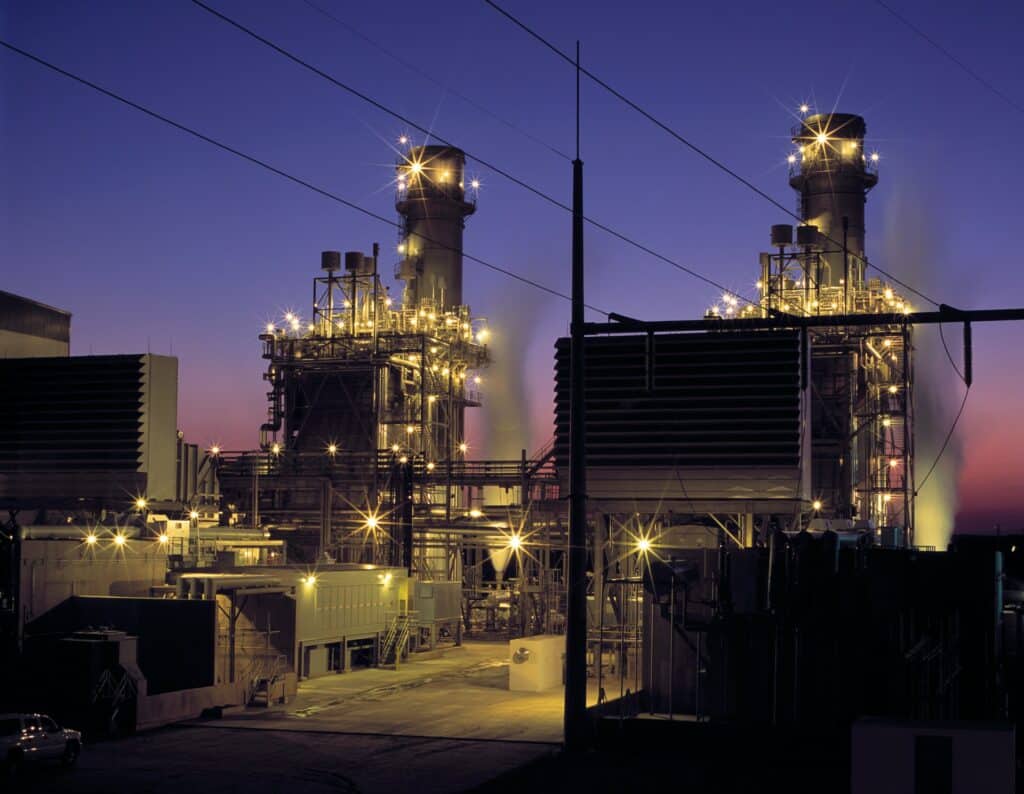Introduction – Is Natural Gas A Renewable Energy Source
No, natural gas is not a renewable energy source. It is a fossil fuel, meaning that it is formed over millions of years from the remains of plants and animals. Once it is used up, it cannot be replenished. In contrast, renewable energy sources, such as solar and wind power, are constantly replenished and can be used indefinitely.

What Is Natural Gas?
Natural gas is a fossil fuel that is formed over millions of years from the remains of plants and animals. It is a mixture of hydrocarbon gases, primarily methane, that is found in underground deposits. Natural gas is commonly used as a source of energy for heating, cooking, and electricity generation. It is often considered a cleaner and more efficient alternative to other fossil fuels, such as coal and oil.
How Is Natural Gas Used?
Natural gas is commonly used as a source of energy for heating, cooking, and electricity generation. It is also used as a fuel for vehicles and as a raw material in the manufacture of a variety of products, such as plastics and fertilizers.
In terms of electricity generation, natural gas is often burned in power plants to produce steam, which is then used to generate electricity. In homes and buildings, natural gas can be used for heating and cooking. It can also be used as a fuel for vehicles, either by burning it directly or by converting it into a liquid form called liquefied natural gas (LNG).
As a raw material, natural gas is used in the production of a variety of products, such as plastics, fertilizers, and other chemicals. It is also used in industrial processes, such as the refining of oil and the production of steel.
How Much Natural Gas Is Produced By The US
As of 2021, the United States is one of the world’s largest producers of natural gas. According to the Energy Information Administration (EIA), the US produced an average of 87.3 billion cubic feet of natural gas per day in 2020. This accounted for about 19% of total global natural gas production. Most of the natural gas produced in the US comes from shale formations, which are rich in the hydrocarbon gas. In recent years, the use of hydraulic fracturing, or “fracking,” has made it possible to extract natural gas from these formations more easily and inexpensively.
How Much Natural Gas Is Used By The World
In 2020, the world saw production and use of 38 trillion kWh of natural gas. Therefore each person on Earth (total population is 8 billion) used 4700 kWh of natural gas. This is an immense sum. This is not the personal use, but rather the effective use because of products and energy consumed combined. Source is analysis from IEA.org.
Natural Gas Usage In The US

Natural gas is a commonly used source of energy in the United States. It is used for heating, cooking, and electricity generation, and is also used as a fuel for vehicles and as a raw material in the production of a variety of products.
In terms of electricity generation, natural gas is often burned in power plants to produce steam, which is then used to generate electricity. According to the Energy Information Administration (EIA), natural gas was the source of about 40% of the electricity generated in the US in 2020. This makes it the second most common source of electricity in the country, after coal.
In homes and buildings, natural gas is commonly used for heating and cooking. It is also used as a fuel for vehicles, either by burning it directly or by converting it into a liquid form called liquefied natural gas (LNG). According to the EIA, about 27% of the natural gas consumed in the US in 2020 was used for residential and commercial purposes.
As a raw material, natural gas is used in the production of a variety of products, such as plastics, fertilizers, and other chemicals. It is also used in industrial processes, such as the refining of oil and the production of steel.
Will We Run Out Of Natural Gas Since Its Non-Renewable?
Yes, like petroleum or regular gas, we will run out at some point in the near future. By near future we mean within the next hundred years.
It is difficult to predict exactly when we will run out of natural gas, as it depends on a variety of factors, such as the rate of consumption and the success of ongoing efforts to find and extract new reserves of the fossil fuel. However, it is generally agreed that natural gas, like other fossil fuels, is a finite resource that will eventually be depleted.
According to the Energy Information Administration (EIA), the world has enough proven reserves of natural gas to last for about 66 years at current production levels. However, this estimate is based on known reserves and does not take into account the potential for new discoveries or the development of new technologies that could make it possible to extract more natural gas from existing reserves.
Given these uncertainties, it is difficult to say exactly when we will run out of natural gas. However, it is clear that we will need to transition to renewable energy sources in the future in order to sustain our current level of energy consumption.
Why Is Europe Experiencing High Energy Prices In 2022 and 2023?
The energy price spike is largely due to the rocketing rates of natural gas as supplies from Russia, a major producer, have been cut to almost nothing.
The major producers of natural gas in the world include Russia, the United States, and Iran. According to the International Energy Agency (IEA), these three countries accounted for about 40% of global natural gas production in 2019. Other major producers include Canada, Qatar, and China.
Russia is the world’s largest producer of natural gas, with an average production of about 1,700 billion cubic meters in 2019. The majority of Russia’s natural gas production comes from its vast reserves in the West Siberian Basin.
The United States is the world’s second-largest producer of natural gas, with an average production of about 835 billion cubic meters in 2019. Most of the natural gas produced in the US comes from shale formations, which are rich in the hydrocarbon gas. In recent years, the use of hydraulic fracturing, or “fracking,” has made it possible to extract natural gas from these formations more easily and inexpensively.
Iran is the world’s third-largest producer of natural gas, with an average production of about 655 billion cubic meters in 2019. The majority of Iran’s natural gas reserves are located in the South Pars/North Dome field, which is the largest natural gas field in the world.
Other major producers of natural gas include Canada, Qatar, and China. These countries, along with Russia, the US, and Iran, are among the top six natural gas producers in the world.
Conclusion – Is Natural Gas A Renewable Energy Source
No, natural gas is not a renewable energy source. It is a finite resource that is created over millions of years and will eventually be depleted. It is a fossil fuel that produces greenhouse gases when burned, contributing to climate change. However, it does produce fewer emissions than other fossil fuels and is a cleaner burning fuel than coal or oil.

Anne Lauer
Anna Lauer is a writer, gardener, and homesteader living in rural Wisconsin. She has written for Mother Earth News, Grit, and Hobby Farms magazines. Anna is writing a new book about growing your food for free and an ultimate guide to producing food at little to no cost. When she’s not writing or gardening, Anna enjoys spending time with her husband and two young daughters.
